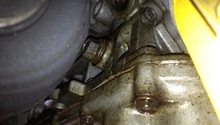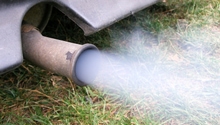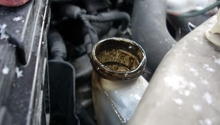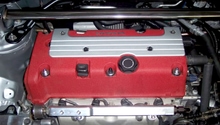Honda Accord: Why Does Air Come Out of the Oil Cap When Engine is Running?
While air coming out of the oil cap can be normal, it can also signal a huge problem. Check out this guide to help you discover the reason your Honda Accord is leaking air, and how to resolve the issue.
This article applies to the Honda Accord (1990-2002).
The many joys of owning a car include the unique issues that come with it. This is certainly the case with particular generations of Honda Accords. One of the more common issues Honda owners face is the sensation of air coming out of the oil cap when the engine is running. This is especially true in higher mileage cars. As the air/fuel mixture is compressed or ignited, some of the mixture makes it past the piston rings and into the crank case, causing a smoke (from the exhaust) to emerge. While this is somewhat normal, it would still be a good idea to perform a leak-down test to check for additional problems. Keep reading as this article will show you how to get it done.

Materials Needed
- Leak-down tester
- OBD scan tool
- Spark plug tool
- Air compressor
- Carburetor cleaner
Step 1 – Check the PCV valve
The PCV valve is conveniently located right on top of the engine, as seen in Figure 1. To check it, simply pull the PCV valve out from the valve cover with the hose still attached. Place your finger over the open end of the hose. If the valve is operating properly, you will feel a strong suction. You should also hear a rattling noise if you shake the hose. If you don't feel or hear either, the valve might be fouled or damaged.
PCV valves can be cleaned with carburetor cleaner. If your valve needs to be replaced, it will generally cost between $5 to $15.

Step 2 – Perform a leak-down test
If you have the check engine light on, use an OBD scan tool to diagnose the problem. Typically, this will tell you which cylinder is the culprit. If you aren't getting a code, you can simply check each cylinder with a leak-down tester, which can be purchased for around $40.
- Start by making sure the cylinder you are testing is at top dead center (TDC).
- Remove the spark plug from the cylinder you want to test.
- Run the line from the leak-down tester into the spark plug hole, and hook the inlet of the leak-down tester to an air compressor hose.
- Then, turn the regulator supply knob counterclockwise to adjust the leakage gauge until it reaches the zero mark, and press the knob in to set it.
- Connect the compressed air, and turn the regulator supply knob clockwise.
- Check the cylinder leakage gauge to see what percentage the cylinder is leaking.
- As the gauge may indicate some minor potential problem areas, anything more than 10 to 15 percent should cause more concern.
- Perform the leak-down test on the other cylinder as well.

Figure 2. Connect leak-down tester to the spark plug hole and compressor. 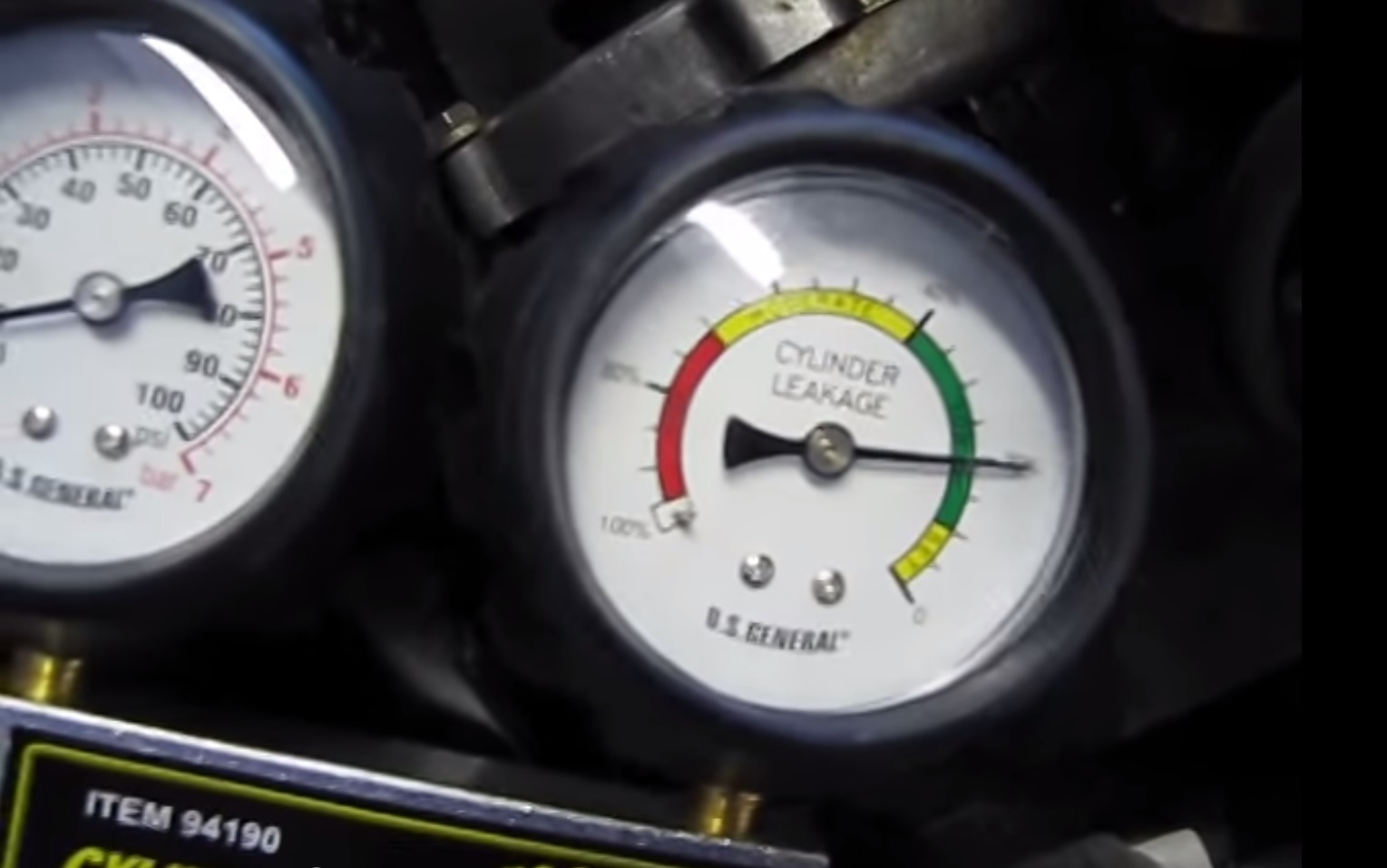
Figure 3. Gauge percentage measures the amount of air leaking from the cylinder head.
Pro Tip
The leak-down test will help you diagnose any problems with the piston rings, and the cylinder head or gasket.
Step 3 – Check the piston rings
If you have an issue with high leakage coupled with low power or a rough running engine, you might need new piston rings. A complete set of piston rings for a four-cylinder Honda Accord will run you around $50, but this is a big replacement job that might be best left to a professional. Doing it yourself involves removing the cylinder head and pistons to clean it from any debris or dirt that enters the engine because it can lead to catastrophic results. Since this is a delicate and labor-intensive job, expect to spend at least $300 for professional labor.
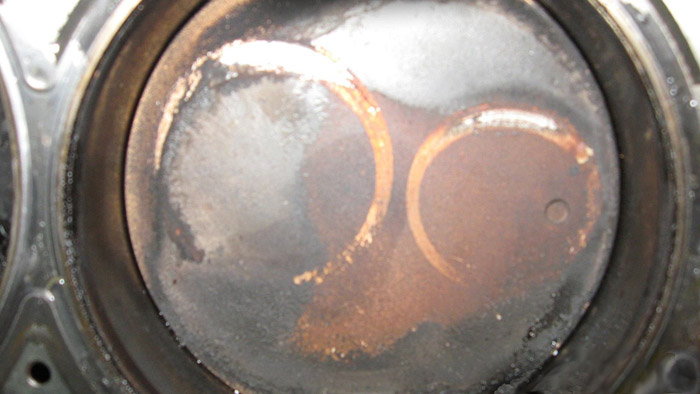
Step 4 – Check the cylinder head or gasket
A bad cylinder head gasket or cracked cylinder head can lead to leakage. If compression leaks are causing the car to smoke, misfire, leak oil, overheat, leak coolant, or if you have water mixed in with your oil, you might have a bad head gasket. The symptoms of a cracked cylinder head are very similar: oil leaks, low compression, coolant leaks, smoke coming from the head, and an engine that misses or runs erratically. Replacing a head gasket or cylinder head is not a simple or an inexpensive job, and costs can run into the thousands of dollars. However, this problem should be repaired right away before it leads to more engine damage.
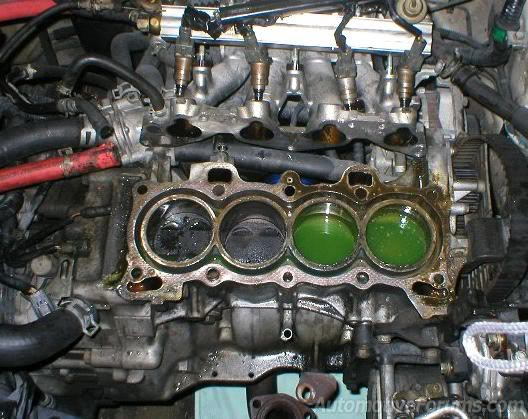
Related Discussions, and Video
- Air Comes Out of Oil Cap While Engine is Running - Honda-Tech.com
- Discussion Air Coming Out of Oil Cap - Honda-Tech.com
- Leak-Down Air Test for Air Coming Out of Oil Cap - Honda-Tech.com
- How to Find Top Dead Center (TDC) - YouTube.com

